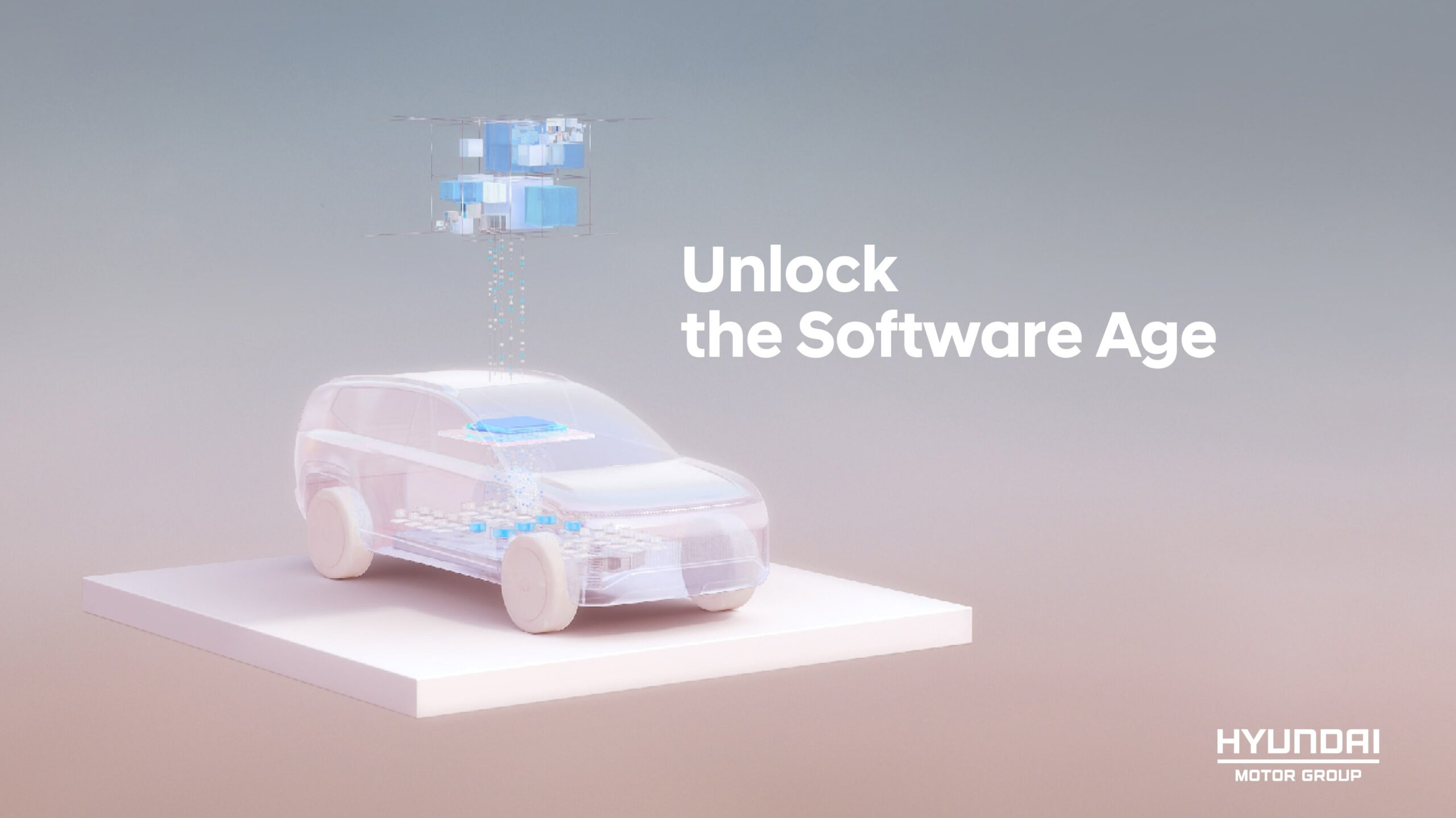Despite Tesla CEO Elon Musk’s lofty claims surrounding the ‘Full Self Driving’ (FSD) capabilities of the company’s electric vehicles, the EVs haven’t entirely lived up to expectations.
Now, Tesla’s lawyers argue that even though the company’s FSD technology hasn’t lived up to expectations, the pricey feature shouldn’t be considered “fraud.”
“Mere failure to realize a long-term, aspirational goal is not fraud,” Tesla’s lawyers wrote in a November 28th court filing, requesting that a recent class-action lawsuit be dismissed.
“Plaintiffs knew at the time of purchase that their cars were not completely autonomous. And they knew that the timeline towards more complete autonomy was contingent upon numerous factors, including software development and regulatory approval. Yet now they sue Tesla, complaining that their cars are not completely autonomous,” the document continues.
The lawsuit cites several instances where Musk tweeted deadlines for FSD’s final release and Tesla advertisements that paint the feature as more capable than it actually is. For example, back in 2016, Musk said that a Tesla vehicle would be able to drive itself across the United States “by next year,” though that obviously didn’t happen.
The lawsuit, which was filed by California-based Cotchett, Pitre & McCarthy, also cites instances involving FSD and crashes.
Tesla’s Full Self Driving recently expanded to be available to anyone in North America who “requests it from the car screen” as long as they’ve paid for the pricey $19,500 add-on to the vehicle.
Regardless of where you fall on the Full Self Driving argument, it’s clear that even though it has made tremendous strides since 2015, the feature isn’t quite where Tesla said it would be at this point in its development process. Further, similar FSD systems offered by other manufacturers, including Hyundai, Honda, Mercedes-Benz and more, are quickly catching up to the EV maker or have even surpassed it in some ways.












